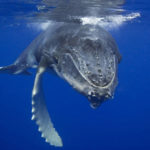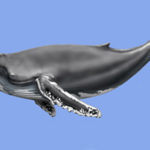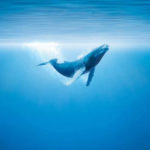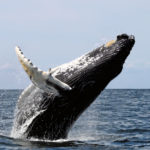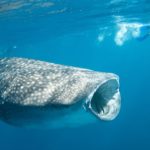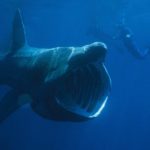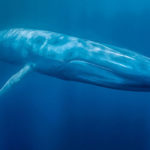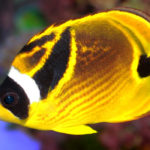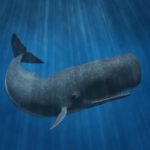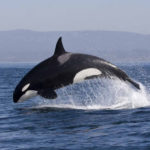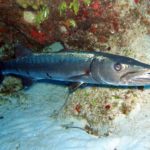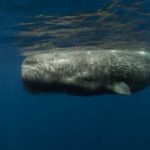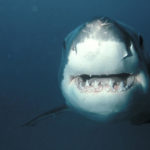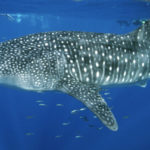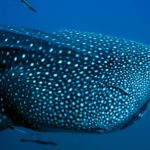Humpback whales
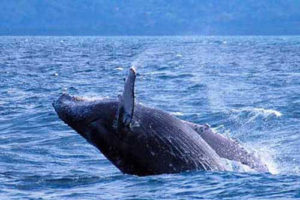 Humpback whale happy large. Its length reaches 17-18 meters, and the maximum registered mass is 48 tons. The humpback whale differs from other striped whales in the characteristic shape and color of the body, the shape of the dorsal fin, the size of the pectoral fins, large “warts” on the snout and at the ends of the pectoral fins and the uneven edge of the caudal fin. The body of the humpback whale is short and dense, in the anterior part it is enlarged, in the posterior part it is refined and compressed laterally.
Humpback whale happy large. Its length reaches 17-18 meters, and the maximum registered mass is 48 tons. The humpback whale differs from other striped whales in the characteristic shape and color of the body, the shape of the dorsal fin, the size of the pectoral fins, large “warts” on the snout and at the ends of the pectoral fins and the uneven edge of the caudal fin. The body of the humpback whale is short and dense, in the anterior part it is enlarged, in the posterior part it is refined and compressed laterally.
Head flattened, with a snout rounded at the tip; In adult individuals, it is only 3.2-3.5 times shorter than the body. Massive lower jaws protrude forward 10-30 cm. The abdomen is oblique. Longitudinal grooves on the throat and belly are large, but not numerous. As a rule, there are from 14 to 22 furrows. The fountain of the humpback is bushy, sometimes in the form of the letter V, up to 3 m high.
Humpback whales feed mainly at feeding grounds, and during the winter and during migrations they starve, using fat reserves. During this period, they lose significantly in mass, dropping to 1/3 of their mass. As a basic diet, humpbacks are represented by various crustaceans and small schooling fish, and sometimes cephalopods. Humpbacks feed on the coastal waters, and if they move to other areas, krill is used as food.
In the northern population of humpback whales, fish constitute 95% of the total diet. This herring, mackerel, sardines, anchovies and others. The stomach of a humpback can contain more than half a ton of food. An interesting feature of the humpback whale is the variety of ways with which the whale feeds. It happens that several whales participate in feeding at the same time.
When a whale is alone, it swims into a flock of fish or plankton with its mouth open, swallowing food along with water, which it then filters through its tamped apparatus. Or a single whale stuns the fish with the blow of its tail fin, floating along a large circle around a flock of fish.
When the whales gather in flocks, they surround a flock of fish and whip the foam around it, through which the fish can not escape. Then the whales one at a time dive under the doorpost and open their mouths with open mouths.
Sometimes the whale dives under a flock of fish and exhales the air surrounding the jamb with air bubbles. These bubbles introduce fish into confusion and mask the whale, which is raised above the surface and swallows the prey from the bottom. Often whales, coordinating their actions, almost completely eat a large flock of sardines. Their group hunting is an example of one of the most complex joint actions among marine mammals.
Although knowing the playful nature of a humpback, it is difficult to say exactly what such games are caused: by necessity or simply by entertainment. Sometimes the humpbacks swim close to the floating ship, play near its side, accompanying the ship for a long time. Like other whales, humpbacks sing. These songs sound up to half an hour, and sometimes they are performed not by one whale, but by a whole chorus. And although no one really believes in the proper assignment of whale songs, it seems that the hunchback’s songs are related to the mating season when males invite females to their homes.
